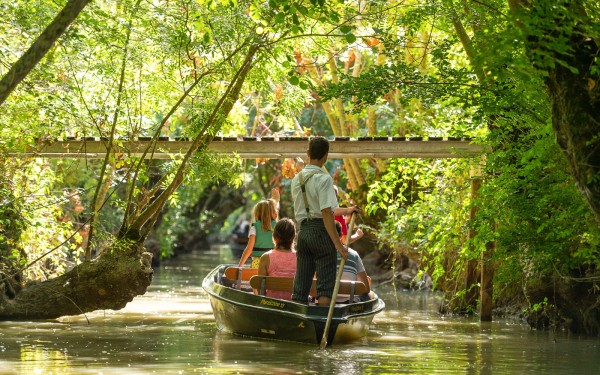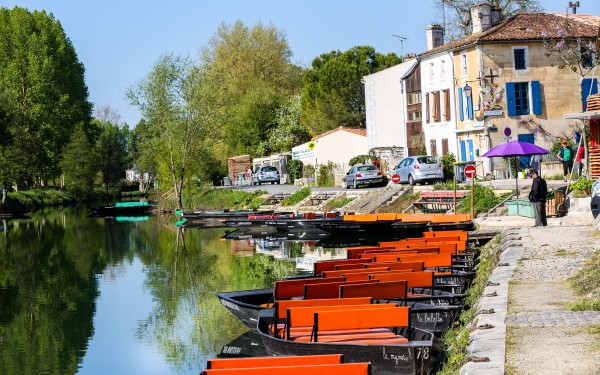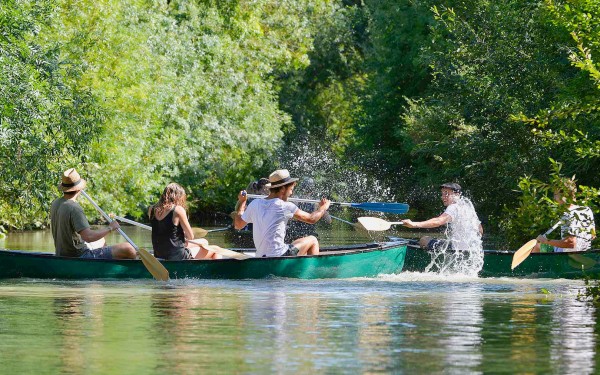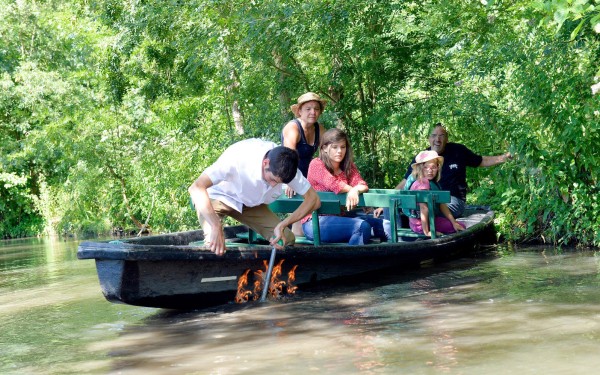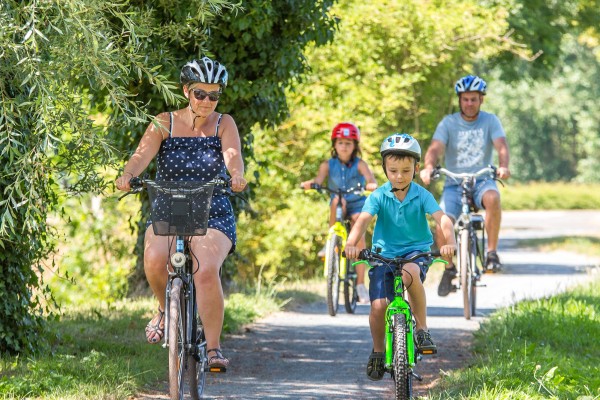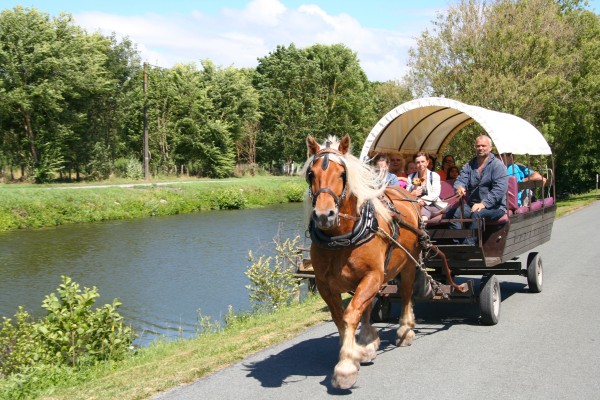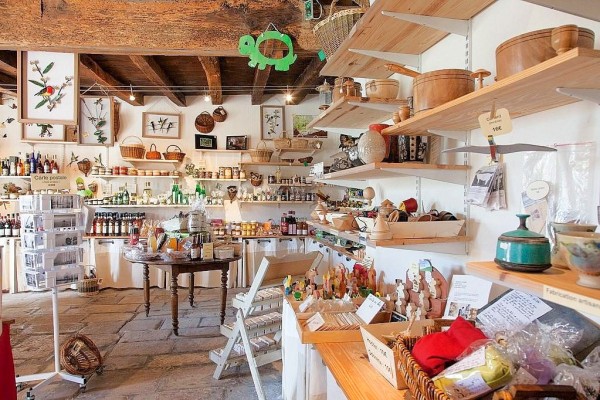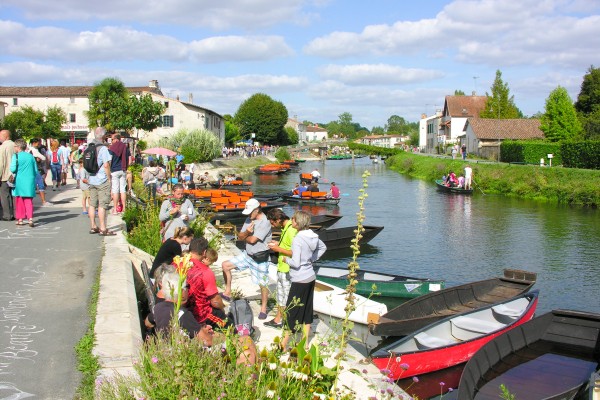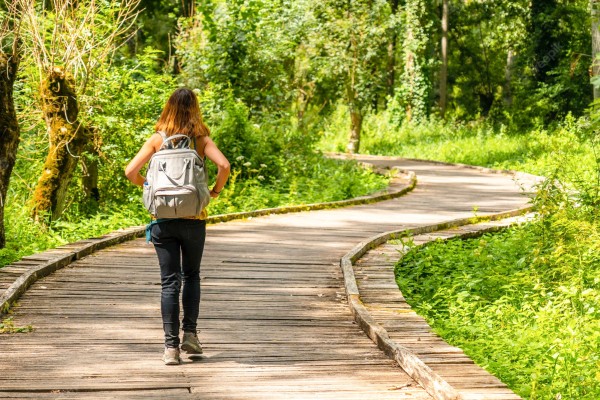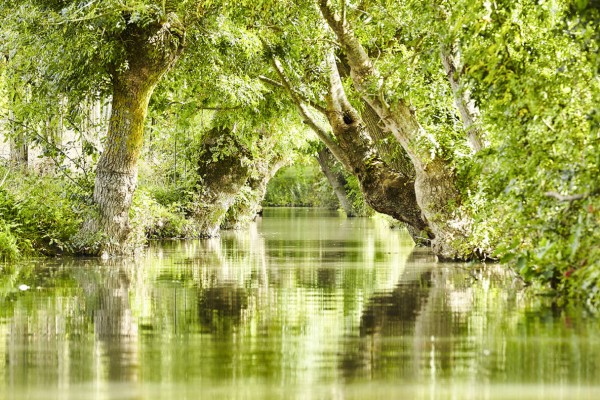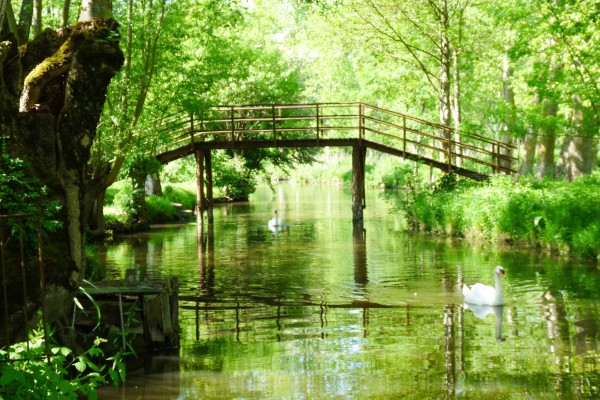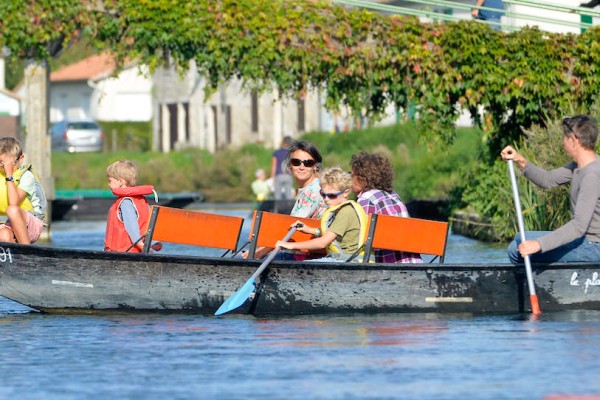The Marais Poitevin is a large nature reserve that lies between the city of Niort and the coast of the Atlantic Ocean. This marshland is located on the border of the Vendée, charente-maritime and deux Sèvres. The Marais Poitevin is also called "La Venise Verte", the Green Venice, because of the many boats that sail in this natural park, sometimes also with gondoliers. The nature reserve is a remnant of the former Gulf of Poitou. Large parts of the golf have now been reclaimed and partially drained. The Marais Poitevin is vast with an area of approx. 1,120 km² and has very varied flora and fauna. It is not for no reason that the Marais Poitevin has been added to the list of "Grand site de France". The Marais Poitevin is a very popular destination among nature lovers. There are over 250 bird species, 40 fish species, 60 species of dragonflies and 80 butterfly species. Many, including the French, explore this area during their holidays. Some go walking, by boat, wagon or bicycle.
The origins of the Marais Poitevin
Between the departments of Charente-Maritime, Deux-Sèvres and the Vendée on the Atlantic Ocean there used to be a bay a long time ago. The ocean flowed till the edge of the city of Niort. The bay was known as the Golfe des Pictons (Gulf of Poitou). "Picton" was an originally Scottish tribe that settled on the islets in the bay. Over the years, the bay has been drained naturally by using silt from the ocean and later due to the construction of dikes. This created the Marais Poitevin nature reserve. The bay of l'Aiguillon is the last remnant of the old bay. The digging of the Canal des Cinq-Abbés (Canal of the Five Abbots) by local monks in the 13th century marked the start of the reclamation. The marsh dwellers had low, whitewashed houses that were clumped together on islands that weren’t in the floodplains. They lived from fishing, agriculture and cattle breeding and they transported by flat boat.

